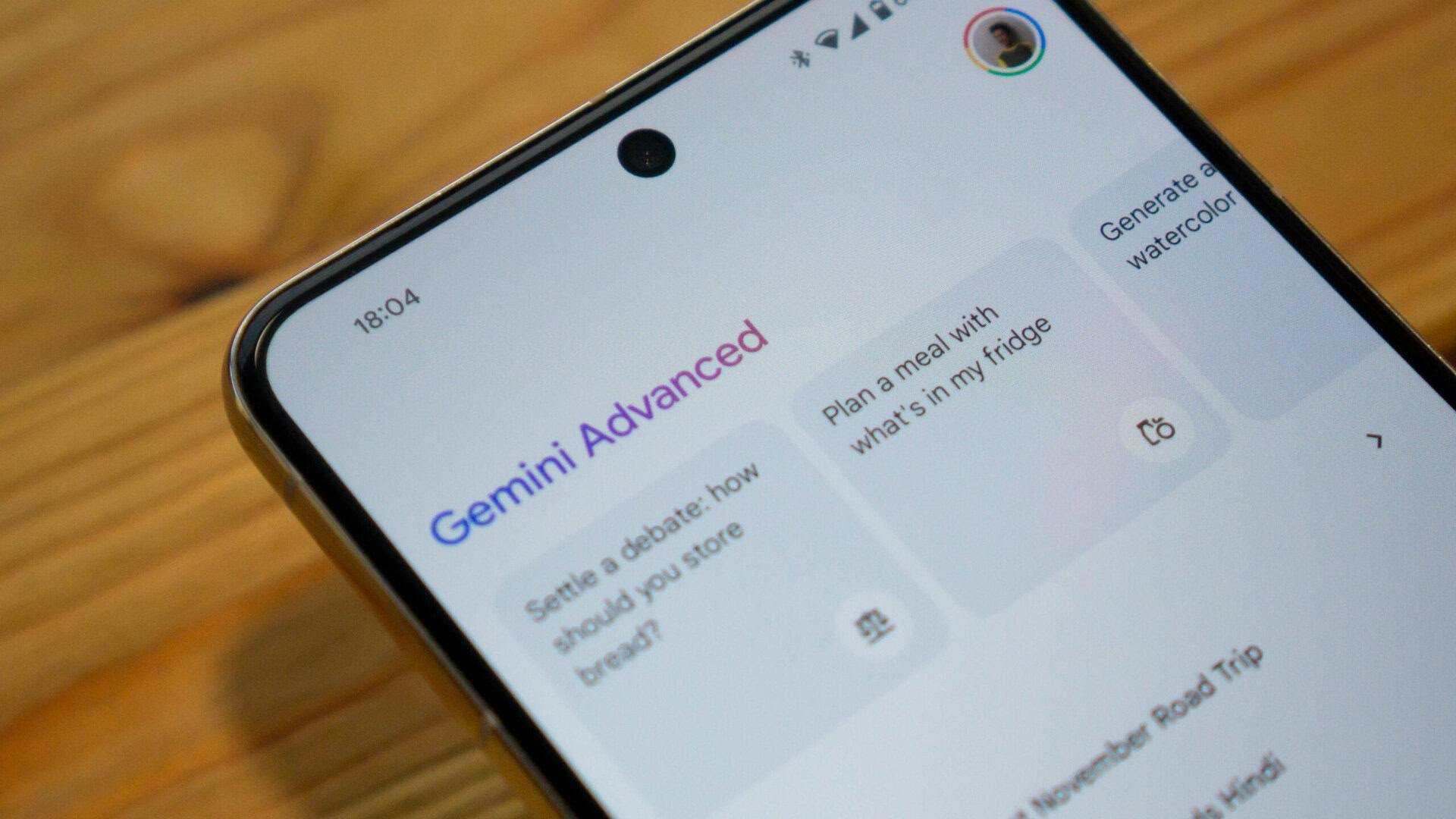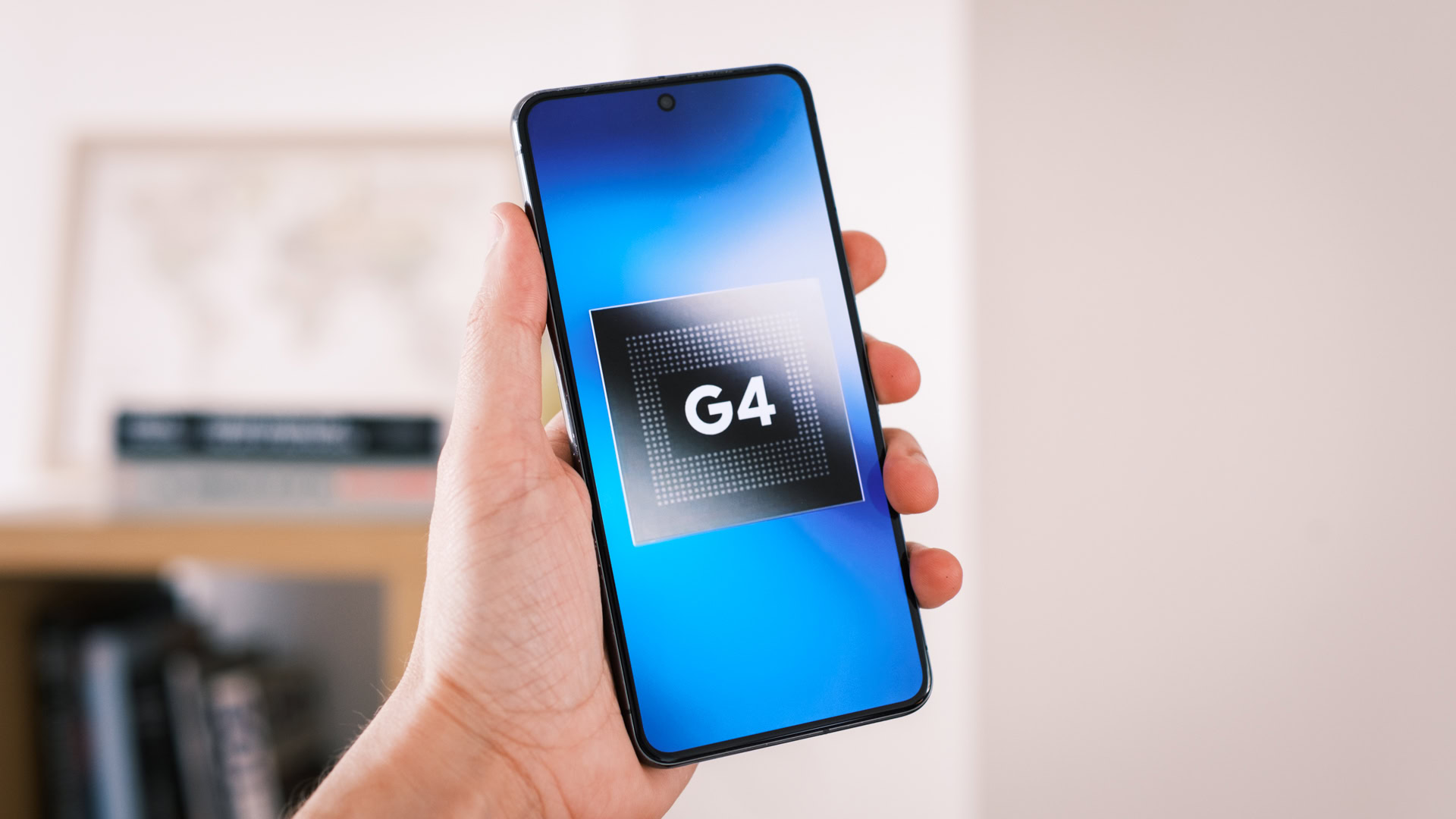Affiliate links on Android Authority may earn us a commission. Learn more.
Google Tensor G4 explained: Everything you need to know about the Pixel 9 processor
August 22, 2024
The Google Pixel 9 debuts a ton of new hardware and software features and the brains behind many of them is the new processor — the Google Tensor G4. Building on last year’s Tensor G3, the G4 is a semi-custom processor built in collaboration with Samsung, utilizing Arm for CPU and GPU cores, while leveraging Google’s in-house blocks for AI, photography, and security. While the new processor might not quite be the innovative chip Google originally had in mind, there’s still plenty to get into.
Headline talking points from Google include 20% faster web browsing, 17% faster app launching, and up to 20% improved power efficiency for a variety of everyday use cases. But Google has kept everything else close to its chest, so what about the broader context? Let’s get into what we know (and what we think we know) about the inner workings of the Google Tensor G4.
Google Tensor G4 specs
| Google Tensor G4 | Google Tensor G3 | Google Tensor G2 | |
|---|---|---|---|
CPU | Google Tensor G4 1x Arm Cortex-X4 (3.1GHz) 3x Arm Cortex-A720 (2.6GHz) 4x Arm Cortex-A520 (1.92GHz) | Google Tensor G3 1x Arm Cortex-X3 (2.91GHz) 4x Arm Cortex-A715 (2.37GHz) 4x Arm Cortex-A510 (1.70GHz) | Google Tensor G2 2x Arm Cortex-X1 (2.85GHz) 2x Arm Cortex-A78 (2.35GHz) 4x Arm Cortex-A55 (1.80GHz) |
GPU | Google Tensor G4 Arm Mali-G715 (MC7?) (940MHz) | Google Tensor G3 Arm Mali-G715 MC7 (890MHz) | Google Tensor G2 Arm Mali-G710 MP7 |
RAM | Google Tensor G4 LPDDR5X | Google Tensor G3 LPDDR5X | Google Tensor G2 LPDDR5 |
Machine Learning | Google Tensor G4 Third-gen Tensor Processing Unit | Google Tensor G3 Third-gen Tensor Processing Unit | Google Tensor G2 Next-gen Tensor Processing Unit |
Media Decode | Google Tensor G4 H.264, H.265, VP9, AV1 | Google Tensor G3 H.264, H.265, VP9, AV1 | Google Tensor G2 H.264, H.265, VP9, AV1 |
Modem | Google Tensor G4 Exynos 5400 4G LTE 5G sub-6Ghz and mmWave Wi-Fi 7 Bluetooth 5.X Satellite connectivity | Google Tensor G3 Exynos 5300i 4G LTE 5G sub-6Ghz and mmWave Wi-Fi 7 Bluetooth 5.3 | Google Tensor G2 Exynos 5300b 4G LTE 5G sub-6Ghz and mmWave Wi-Fi 6E Bluetooth 5.2 |
Process | Google Tensor G4 Samsung 4nm (4LPP+ ?) | Google Tensor G3 Samsung 4nm | Google Tensor G2 Samsung 5nm |
Not a lot has changed with the core specs
If you’ve peered into previous Tensor chipsets, a fair amount of the Tensor G4 will be familiar. It’s powered by Arm CPU and GPU cores, and is manufactured using one of Samsung’s 4nm processes. It is rumored to be the same 4LPP+ process as Samsung’s Exynos 2400, but Google has not confirmed this.
Google hasn’t detailed the exact setup, but with hand-on the Pixel 9, we know the CPU setup consists of one Cortex-X4 core running at 3.1GHz, three Cortex-A720s at 2.6GHz, and four Cortex-A520s at 1.95GHz. As before, these are current-generation cores but will be a step behind next-gen chipsets launching towards the end of 2024. Still, the move to a newer, bigger core is what gives Google its claimed performance uplift, particularly for snappy tasks like opening apps. These cores are also more efficient than their predecessors, bolstering Google’s power efficiency boast.
Astute readers will have noticed that this is one fewer middle core than the Tensor G3, which may actually reduce the chip’s multi-threading potential but could free up some power budget for those higher clock speeds. You can check out our benchmark results below, but the key takeaway is that performance may feel snappier for single-core workloads but not so vastly different for heavily threaded workloads, such as mobile games.
Google's Tensor has never been about blazing-fast performance. The G4 is no different.
Speaking of, the Tensor G4 sticks with an Arm Mali-G715 GPU. We haven’t been able to confirm the core configuration, but without the move to a smaller processing node and looking at the performance results, it appears to be the same seven-core setup as the previous generation chipset. While the <6% clock speed boost lifts performance somewhat, gamers are still faced with a decidedly mid-range offering that’s already well behind Snapdragon and Dimensity in the flagship space. A static GPU core with Mali branding also means no ray tracing support (that falls under Arm’s Immortalis moniker).
Google’s Tensor processors have never been about blazing-fast performance metrics; they are more about enabling unique features. Still, the hop between the G3 and G4 looks to be the smallest yet and may leave enthusiasts wondering if there’s much point in upgrading to the latest model, at least from a performance perspective.
Powering new AI features

AI is, of course, one of the major motivators behind the Tensor project, powering Google’s latest Gemini and computational photography features. Google closely guards its TPU secret sauce, which was developed as part of its DeepMind cloud initiative, but it’s revealed a few tidbits. The headline capability is an “industry-leading” 45 tokens per second output rate. That’s quick; 30 tokens per second is fast enough to outpace even the quickest readers.
This metric is from running Gemini Nano on-device for the new Pixel Screenshots feature, and, from what we know, Nano comes in a 3.5 billion parameter version at most. For comparison, the Qualcomm Snapdragon 8 Gen 3 outputs 15 tokens per second for a bigger 10 billion parameter large language model, and MediaTek’s Dimensity 9300 handles 7 billion parameters at 20 tokens per second. So Google’s TPU is fast, but it’s not clearly leaps and bounds ahead of the competition when it comes to token crunching.
Google's AI smarts haven't changed with the Tensor G4.
That’s all Google has to say about the Tensor G4’s AI capabilities, and probably for good reason — the TPU and many of the chip’s other components are apparently the same as the Tensor G3. That’s right; the G4 features the same third-generation “rio” AI core as last year, so any exclusive Pixel 9 AI features aren’t purely down to the new chip.
While not part of the chipset itself, we should acknowledge that the Pixel 9 comes with 12GB of RAM, extending to 16GB for the Pro models. As we know, AI is RAM-heavy and requires access to a fast and vast pool of memory to run more complex models. Google notes that it “carves out” a dedicated portion of RAM to run Gemini on-device for the first time, preventing other apps from using that memory for a smoother AI experience. We dug into the handsets and found that the Pixel 9 Pro models reserve 3GB RAM for AI. This should make for a smoother experience and, of course, power exclusive new features, even if the Tensor G4 itself doesn’t have anything new to offer regarding AI.
Other key Tensor G4 features explained
As we mentioned, the Tensor G4 seems to share many of the Tensor G3’s Google-specific internals. The TPU for AI, the GXP Digital Signal Processor for camera and audio tasks, the BigWave media codec block, and the Titan M2 security chip are all the same as the previous generation. There are no upgrades here, so expect feature parity with last year’s model in these areas.
A new modem should address Tensor power draw issues.
The Tensor G4 in the Pixel 9 series is paired with the newer Exynos Modem 5400, which sits externally to the processor. This newer modem should help quash connectivity and power drain issues seen in previous Pixels. It’s reportedly up to 50% more efficient than the Modem 5300 found in the Pixel 8 series, but we’ll have to test this further to be sure.
The modem supports 3GPP Rel. 17, including support for 5G non-terrestrial networks (NTN). This enables the Pixel 9 series’ new satellite communication feature for SOS messaging.
Tensor G4 benchmarks
With few major component enhancements over last year’s already middling Tensor G3, we shouldn’t expect the Tensor G4 to top the benchmark charts. With the $100 price increase to boot, you’re paying as much for far less than the competition, at least as far as performance is concerned. Check out our full Tensor G4 benchmark rundown for a deeper comparison, but there’s the overview.
Compared to last year’s model, the move to the Tensor G4 provides an 11.5% boost in GeekBench 6’s single-core test but only 6.1% in multi-core. The single-core boost might just be enough to ensure additional responsiveness in the next few years, but the tiny multi-core gains don’t move the needle for heavily threaded apps, such as games. Speaking of, there’s an average of 4.5% additional graphics performance for the Pixel 9 and 8% for the Pro XL across 3DMark’s WildLife and WildLife Extreme tests. Again, that means a few extra frames but hardly anything game-changing. However, the Tensor G4 is more stable under our stress test environment, lasting far longer before giving up performance than the Tensor G3. That’s very welcome news, at least.
Last year’s Pixel smartphones were powerful enough for everyday tasks and more, so the Tensor G4-powered Pixel 9 series is as well. However, when you compare its raw performance capabilities against its similarly priced flagship rivals, it’s clear a stopgap year is going to cost the Pixel 9 against existing competitors and those launching in the next few months. Apple’s and Qualcomm’s latest silicon is about 33% faster than the Tensor G3 when it comes to multi-core CPU performance. Graphics exposes an even bigger gap, delivering just 50% of the peak performance of the Snapdragon 8 Gen 3’s Adreno GPU. The iPhone 15 Pro’s six-core GPU is also 39% faster than Tensor’s Mali-G725 GPU.
Google says it’s not building chips to top the benchmark leaderboards, and that’s clearly true.
What to expect from the Google Tensor G4

The Google Tensor G4 remains as important as ever to the Pixel smartphone formula. It provides some minor performance and efficiency improvements in the CPU and modem department, which matter most to your everyday applications. Unfortunately, the chip doesn’t have anything new to offer gamers, and as is the norm, it will be considerable further behind rival chipsets that are launching later in 2024.
More unusually, it has no upgrades in the realms of AI or photography. The Tensor G4 is more of a stop-gap while Google moves away from dependency on Samsung for semiconductor development.
The Tensor G4 remains the backbone of unique and powerful AI features on the Pixel 9 series that look set to make for some brilliant smartphones worthy of an upgrade. Still, I’m already excited about the switch to TSMC for the Tensor G5 chip in next year’s Google Pixel 10.

Excellent build quality, refined design
Extensive update policy

Excellent build quality
Flexible, capable cameras
Reliable update commitment

Gorgeous display
Seven years of software updates

8-inch folding display
Seven years of software updates
Thank you for being part of our community. Read our Comment Policy before posting.